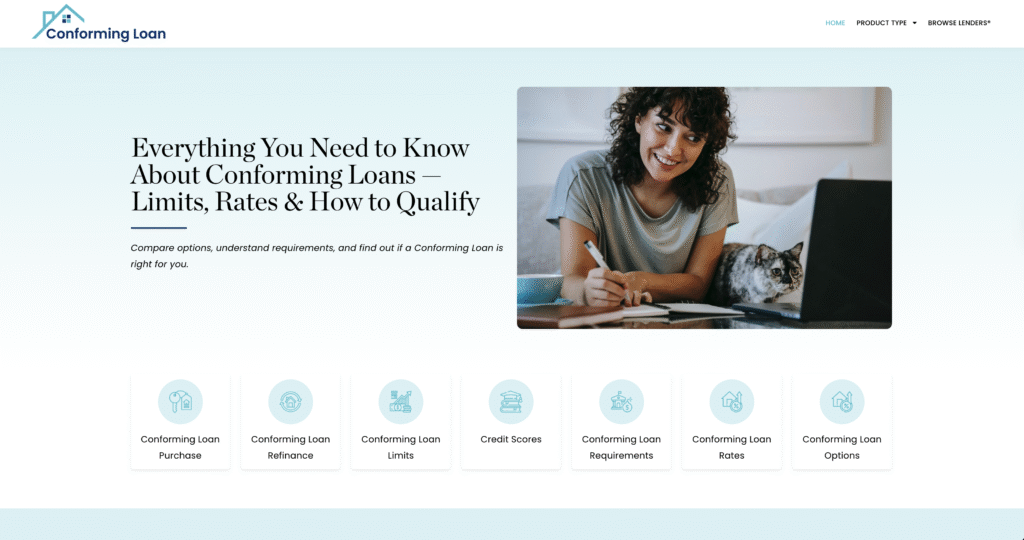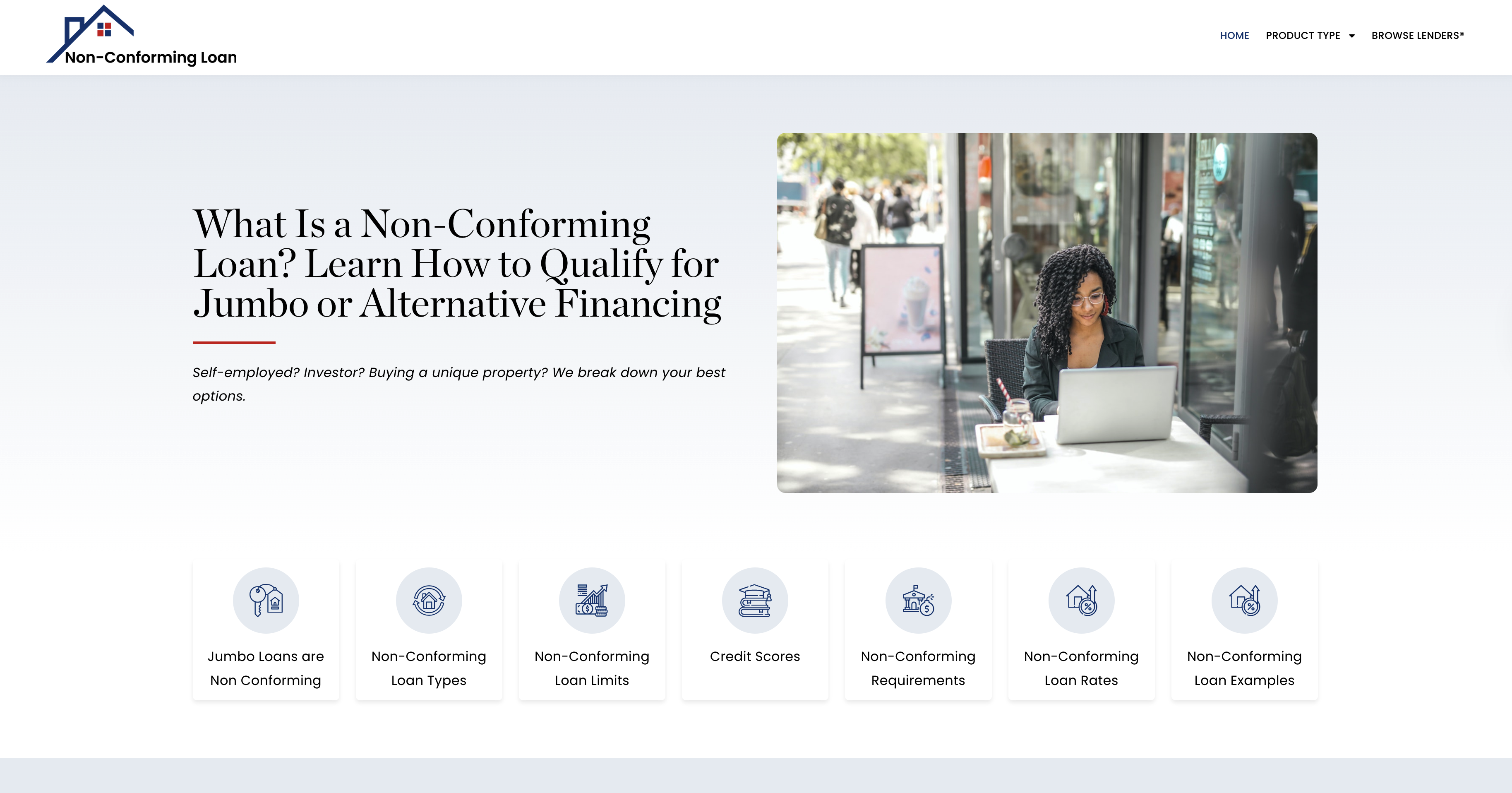Case Study: From Debt Cycles to Wealth Cycles—A True Credit Comeback Story
At 38, Darnell Brooks had spent more than a decade stuck in what he called the “credit quicksand”—a cycle of payday loans, maxed-out credit cards, and late fees that kept him living paycheck to paycheck. Despite working full time as a warehouse supervisor in Columbus, Ohio, and taking on extra shifts whenever possible, Darnell could never seem to get ahead. His Middle Credit Score® floated between 540 and 570 for years, and he was often denied for decent credit offers. The loans he could access came with sky-high interest rates and predatory terms. His rent was higher because of his credit. His car loan was higher because of his credit. Even his job offers, at times, were limited by it. He felt like he was paying more than everyone around him—but getting less. He didn’t just have a debt problem—he had a credit problem that was robbing him of wealth before he even had a chance to build it.
The change started on a Saturday morning while watching his nephew’s soccer game. A parent on the sidelines mentioned how they had recently raised their credit score by 80 points using something called “credit utilization management.” Darnell, curious but skeptical, asked a few questions. That conversation sent him down a rabbit hole of discovery. He learned that credit scores aren’t just about whether you pay on time—they’re about how much of your credit you use, how long your history is, and what types of accounts you carry. No one had ever explained that to him. Motivated, he ordered all three of his credit reports, printed them out, and began studying them like a textbook. “I wanted to understand what the lenders saw when they looked at me,” he later said. That mindset—treating credit like a skill to master—was the beginning of everything.
His first goal was to stop the bleeding. He closed out payday loan accounts and replaced them with a credit union-backed credit builder loan. He also opened a secured credit card, using $300 of his savings as the deposit. Every two weeks, on payday, he paid it down to $0—ensuring his utilization stayed low and his balance reported clean. He also began making payments on his car loan five days before the due date and made two payments per month to bring the balance down faster. Within four months, his Middle Credit Score® went from 552 to 621. He used his tax refund to pay off two old collections and began setting aside $100 per paycheck in a dedicated savings account. For the first time in his adult life, Darnell wasn’t paying for the past—he was planning for the future.
Darnell also worked on rebuilding his relationship with money. He attended free financial coaching sessions at a community nonprofit and learned how to build a zero-based budget, track his expenses, and calculate his debt-to-income ratio. He made it a habit to check his credit report every quarter, learning to dispute outdated or inaccurate information. He added rent reporting to his credit profile and continued to use his secured card strategically, charging only small recurring bills like Netflix or gas, and paying them off in full. By the end of the first year, his Middle Credit Score® had climbed to 685. That number unlocked a new world: he qualified for a low-interest credit card with cashback rewards, was able to refinance his auto loan, and started building a positive payment history on better terms. With the savings from his refinance alone, he was able to double his monthly emergency fund deposits.
Two years into his credit comeback, Darnell’s financial picture was unrecognizable. His Middle Credit Score® hit 742. His emergency fund topped $12,000. He opened a Roth IRA and began investing $150 per month. He even started contributing to his employer-sponsored 401(k) for the first time, taking full advantage of the company match. His net worth, which had been negative just 24 months earlier, was now over $30,000. But more than that, he’d shifted from a reactive relationship with money to a proactive one. Darnell had gone from someone stuck in a debt cycle to someone actively creating a wealth cycle. He no longer feared his credit report—he used it. He no longer avoided financial conversations—he led them. And most importantly, he proved that it’s never too late to rewrite your financial story.
In Part 2 of this case study, we’ll break down Darnell’s recovery timeline—from credit repair tactics and budgeting tools to debt repayment methods and investment strategies. His story demonstrates that financial transformation isn’t reserved for the wealthy or the young. It’s available to anyone willing to learn, apply, and stick with it—one small, strategic decision at a time.
Step-by-Step Breakdown
This case study details how Darnell Brooks, a warehouse supervisor earning a modest income, escaped a long-standing debt cycle and entered a wealth-building phase. Through credit education, restructuring his debt, and mastering his financial behavior, Darnell improved his Middle Credit Score® from 552 to 742, built a $12,000 emergency fund, and began investing—transforming his finances in just under two years.
📘 Step 1: Analyze and Accept the Full Financial Picture
Darnell started by printing all three of his credit reports and listing every debt, account status, and payment history:
| Account Type | Balance | Interest Rate | Status |
|---|---|---|---|
| Credit Card A | $3,700 | 24.99% | Near maxed out |
| Credit Card B | $2,800 | 19.99% | Revolving |
| Payday Loan | $900 | ~300% APR | Active |
| Auto Loan | $9,400 | 9.75% | On time |
| Collections (2) | $600 | N/A | Past due |
| Emergency Fund | $0 | — | — |
| Credit Score (Middle) | 552 | — | — |
📌 His first realization: he wasn’t “bad with money”—he lacked access and education
💳 Step 2: Eliminate Predatory Debt First
Darnell made the payday loan his top priority.
- Paid off payday loan in full using a credit union personal loan with a 9.99% APR
- Saved over $1,000 in interest by consolidating
- Began making consistent monthly payments to build positive credit history
✅ This alone helped raise his score 20+ points in 60 days and ended the most damaging debt cycle
💡 Step 3: Use a Credit Builder Loan to Rebuild Trust
Darnell opened a credit builder loan through a local credit union:
- Paid $50/month for 12 months
- Funds were held in savings until paid off
- All payments reported to all 3 credit bureaus
Results:
- Added an installment account to improve credit mix
- Built a savings habit at the same time
- Ended with $600 saved and a stronger score
📌 Score impact: +25–35 points over one year
📊 Step 4: Attack Utilization with Precision
| Card | Limit | Balance (Before) | Target Balance | Months to Reach |
|---|---|---|---|---|
| Credit Card A | $4,000 | $3,700 | $400 | 6 months |
| Credit Card B | $3,000 | $2,800 | $300 | 6 months |
Key Moves:
- Paid before statement dates, not due dates
- Negotiated interest rates with issuers after 6 months of on-time payments
- Used snowball method: smallest card paid off first for momentum
- Utilized side hustle (delivery driving) income exclusively for debt reduction
✅ Brought utilization from 90% → 8%, triggering a 65+ point score boos
🧾 Step 5: Dispute Inaccurate Collections
Darnell challenged two collection accounts:
- One had already been paid but was never updated
- One was reported twice under different names
Action Steps:
- Used template letters and online dispute portals
- Sent follow-ups and confirmation requests
- Outcome: both collections removed within 90 days
📌 Score improvement: ~+30 points
💵 Step 6: Build the Emergency Fund in Phases
Phase Goals:
- $500 — Basic cushion
- $1,000 — Emergency confidence
- $5,000 — Core reserve
- $12,000 — Full 3-month living expenses
Tactics Used:
- Split direct deposit: $100 from each paycheck went straight to savings
- Used one-time bonuses and tax refunds to accelerate goals
- Opened high-yield savings account for interest accrual
| Month | Emergency Fund Total |
|---|---|
| 3 | $600 |
| 6 | $1,700 |
| 12 | $6,100 |
| 18 | $12,300 |
✅ Having this fund prevented Darnell from re-entering the credit trap.
📈 Step 7: Automate and Track Credit Score Progress
Darnell used:
- Credit Karma weekly alerts
- Experian credit monitoring for Middle Credit Score®
- Quarterly review spreadsheet with:
| Quarter | Score | Debt Paid Off | Savings Added |
|---|---|---|---|
| Q1 | 552 | $1,200 | $600 |
| Q2 | 608 | $3,100 | $1,700 |
| Q3 | 667 | $5,800 | $4,200 |
| Q4 | 712 | $8,600 | $7,000 |
| Q6 | 742 | $12,500 | $12,300 |
📊 Step 8: Begin Investing with Confidence
Action Plan:
- Contributed $150/month to Roth IRA
- Invested in total stock market ETF
- Took advantage of employer’s 401(k) match up to 4%
- Learned from free webinars and podcasts
By Month 24:
| Investment Account | Balance |
|---|---|
| Roth IRA | $4,300 |
| 401(k) | $7,600 |
| Total | $11,900 |
📌 Investments were funded after emergency savings reached $5,000+.
📅 Final Financial Transformation
| Category | Before | After (24 Months) |
|---|---|---|
| Middle Credit Score® | 552 | 742 |
| Total Debt | $16,800 | $4,300 (auto only) |
| Emergency Fund | $0 | $12,300 |
| Retirement Accounts | $0 | $11,900 |
| Net Worth | Negative | ~$30,000 |
| Credit Behavior | Reactive | Strategic & automated |
🧭 Darnell’s “Cycle Breaker” Blueprint
- List every debt, score, and account in detail
- Replace toxic debt with fair debt (credit unions, builder loans)
- Automate minimums, manually overpay with side income
- Dispute errors—you deserve a clean report
- Build a savings moat before starting investments
- Invest consistently and early—even $100/month compounds
- Monitor, adjust, and stay committed to financial health
✅ His journey proves that even after a decade of setbacks, anyone can build a new cycle—one rooted in savings, credit strength, and wealth-building confidence
Middle Credit Score® Support Center
Browse Lenders® – Speak with a Lending Expert






